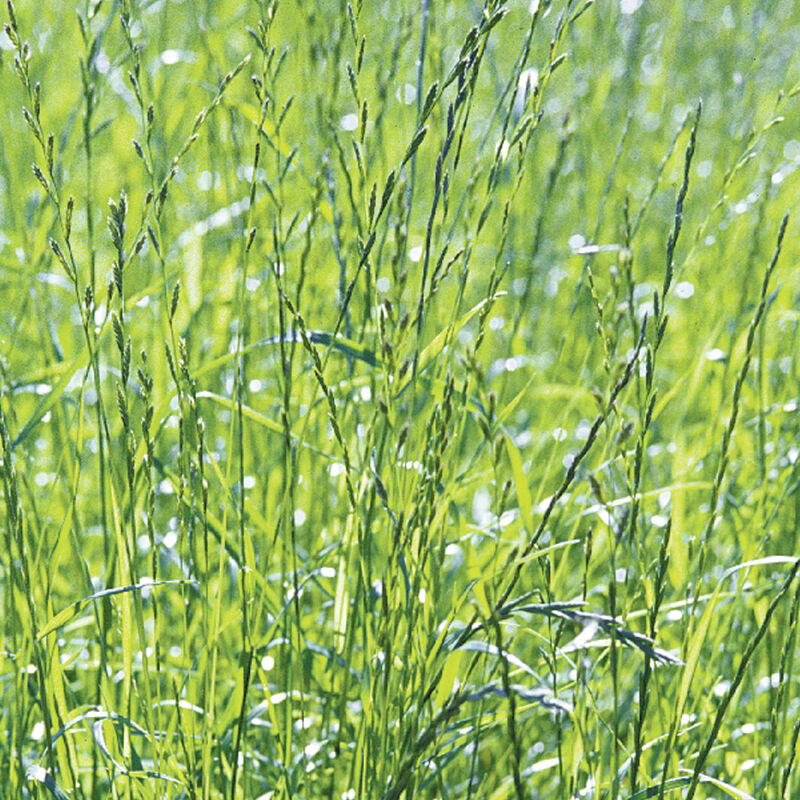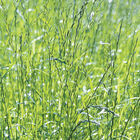Ryegrass Cover Crop Seed
Ryegrass Cover Crop Seed
A fast grower to provide "quick green grass" anywhere, and as a cover crop.
Ryegrass is a great nitrogen scavenger and can assimilate as much as 200 lb./acre/year of nitrogen. Most of that nitrogen then becomes available to subsequent crops, thus saving on fertilizer input. Annual ryegrass is a very competitive winter annual, with good seedling vigor, fast germination (with adequate moisture) and rapid establishment. Annual ryegrass is a bunch grass, yellowish-green at the base, with long glossy green leaves up to 12" each. It will overwinter in certain years. When used as a cover crop, annual ryegrass is killed in the spring before it reaches seed formation stage. Sow from early spring through late summer. As winter cover, ryegrass will winter kill, but still help protect the soil. Sow, then rake to lightly cover.Specs:
- This product does not ship to Canada.
This item’s size, weight, or shape may require an additional shipping surcharge based on the shipping location selected. Specific charges will be displayed during checkout.
Shipments to Canada require a phytosanitary certificate, which includes a $125.00 fee (rates subject to change), and cannot be processed online. Please call 1-877-564-6697 to place orders to Canada.
Uses: A fast-growing grass used to provide "quick green," for erosion control, and as a cover crop. Germinates and establishes more quickly than Winter Rye. Can grow in challenging/droughty conditions. Winter hardiness may vary depending on the harshness of the season and snow cover.
Culture: Plant seeds shallowly, either broadcast on the soil surface or drilled at ½" deep. If broadcast, ensure adequate moisture to allow seed to germinate properly. Sow any time spring through early fall.
Seeding Rate: ½–1 lb./1,000 sq.ft.; 15–30 lb./acre. Combined with a legume, seed ryegrass at ⅓ and clover at ⅔ of the monocultural rates.
Light/Soil Requirements: Prefers full sun, medium-to-high soil fertility, and good drainage, but will grow in almost any soil type. Tolerates flooding. Ideal pH is 6.0–7.0.
Height: 24–36"
Harvest: Green manure: Plow or disk in during early bloom, before seed is set. Suppression of crops can occur following ryegrass, due to temporary tie-up of nitrogen in the soil. To avoid suppression, do not seed the crop following ryegrass until at least 3–4 weeks after tilling under.
Termination: Tillage during the vegetative stage can be effective but may require multiple passes to ensure complete termination. Tarping for 2–3 weeks can be effective, especially during warmer months. Terminate prior to seed set, as ryegrass can become weedy. Winter hardiness is variety dependent and will vary from year to year.
Johnny's is committed to your success, every step of the way.
We want you, our customer, to be 100% satisfied with all of our seeds, tools, and supplies.
If anything you purchase from us proves unsatisfactory, we will either replace the item or refund the purchase price.



